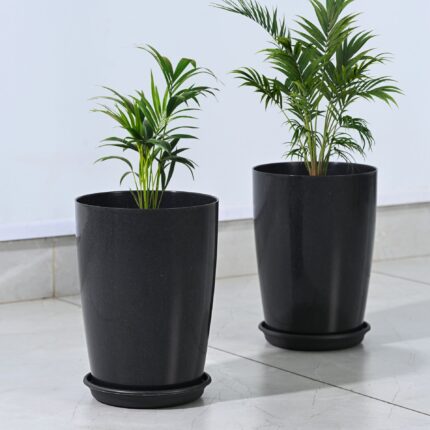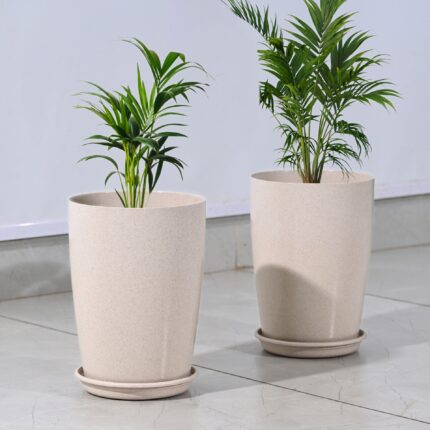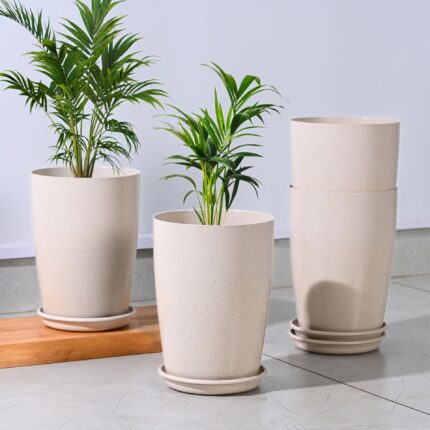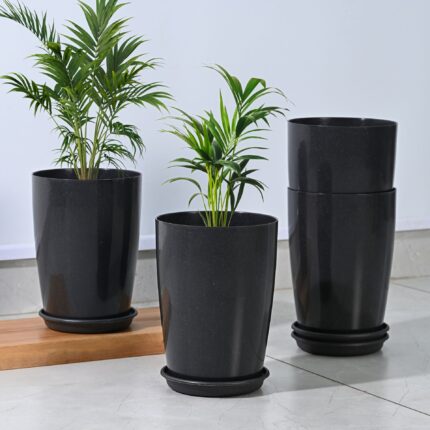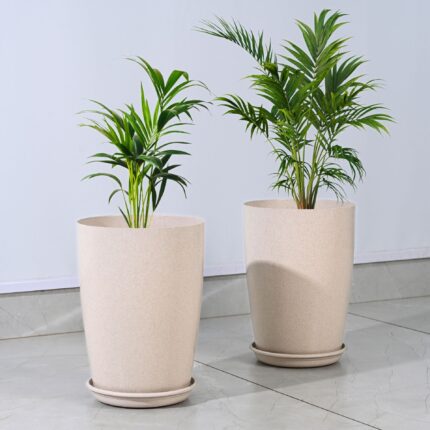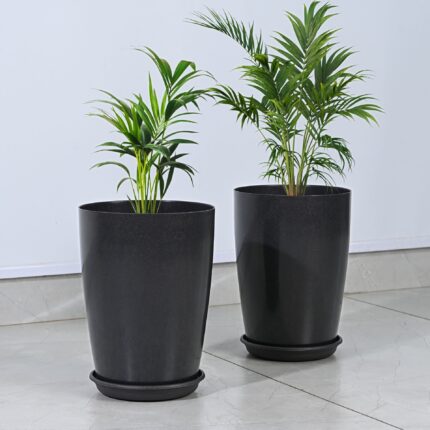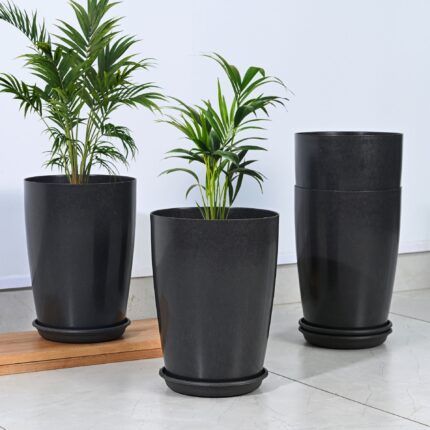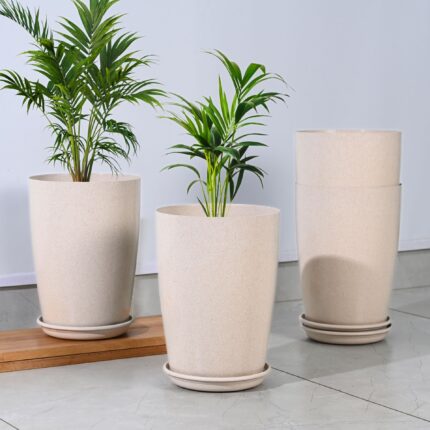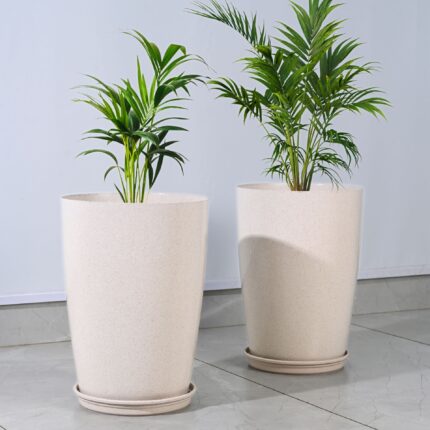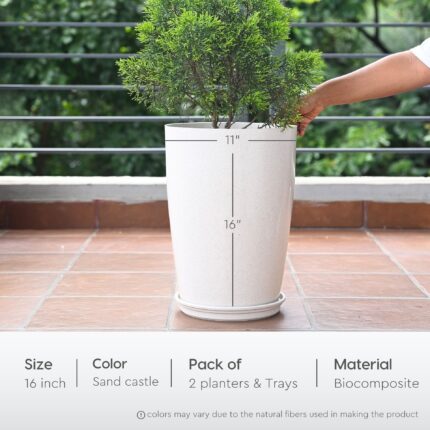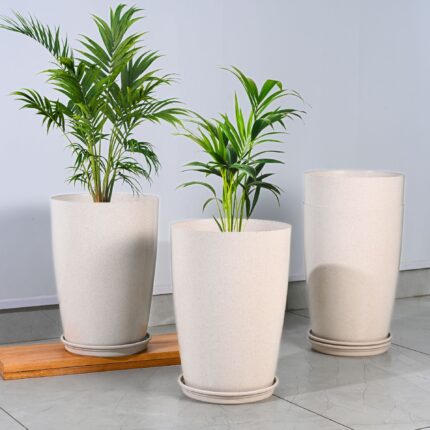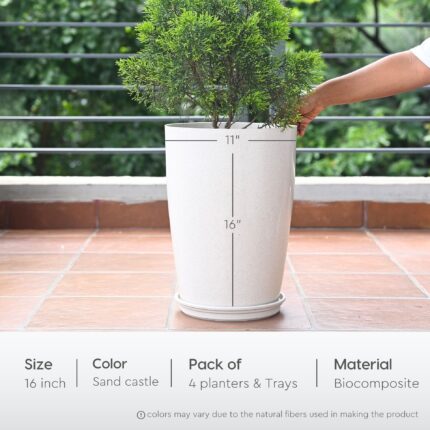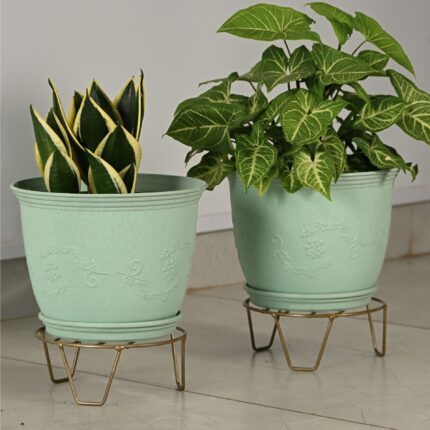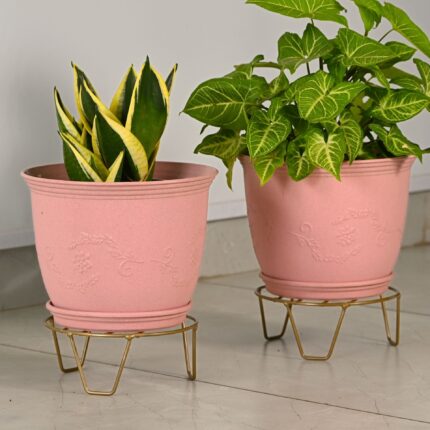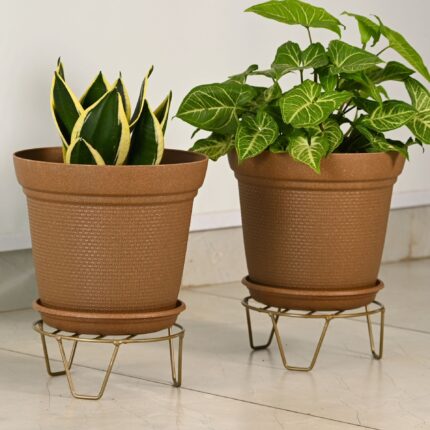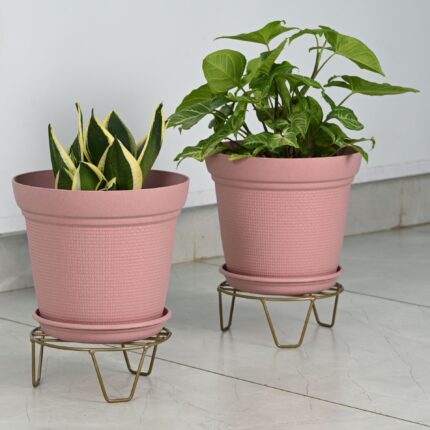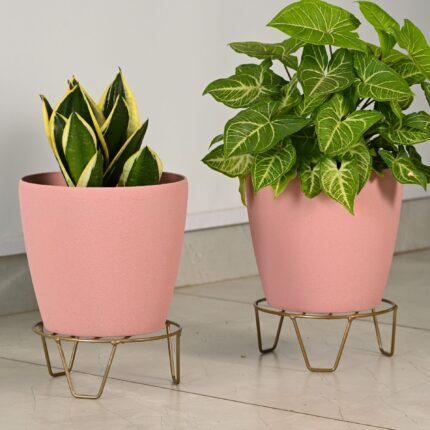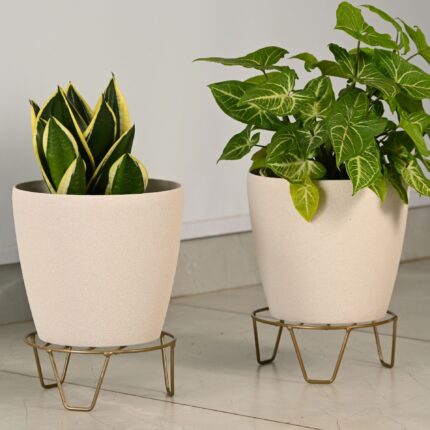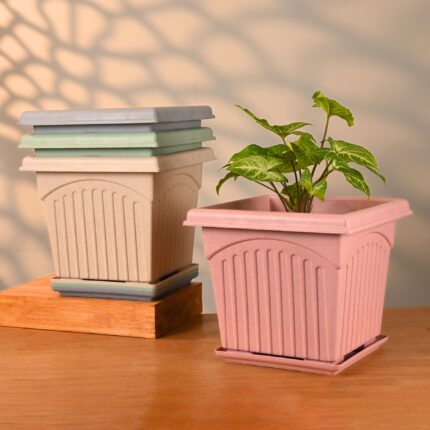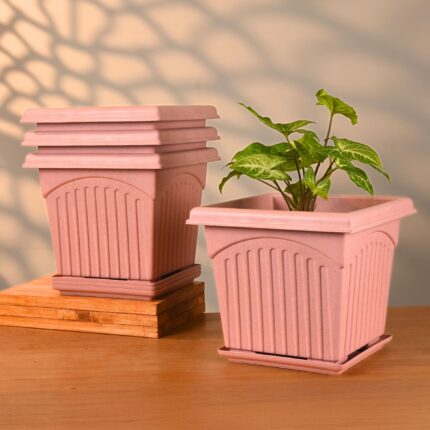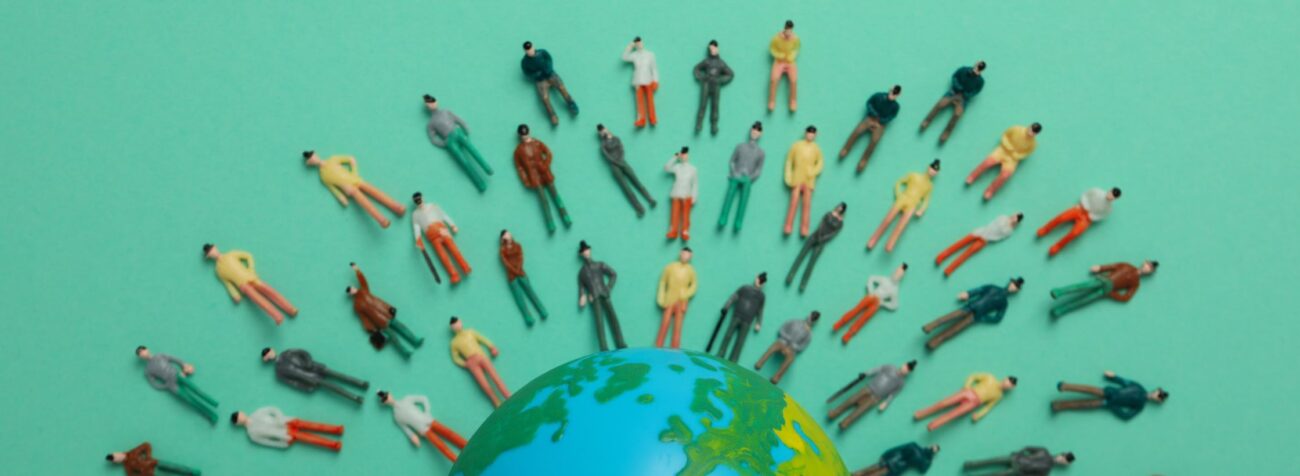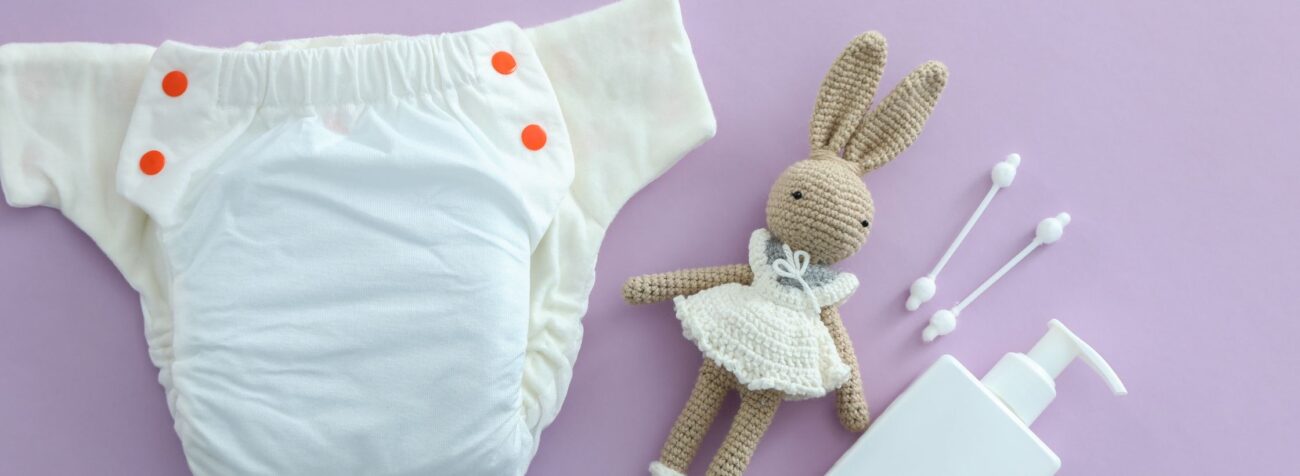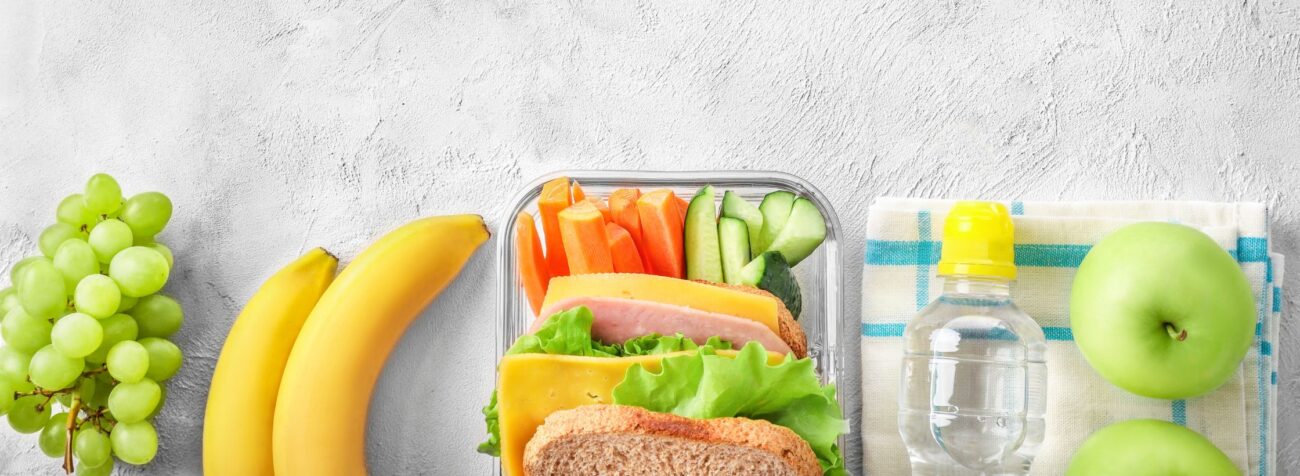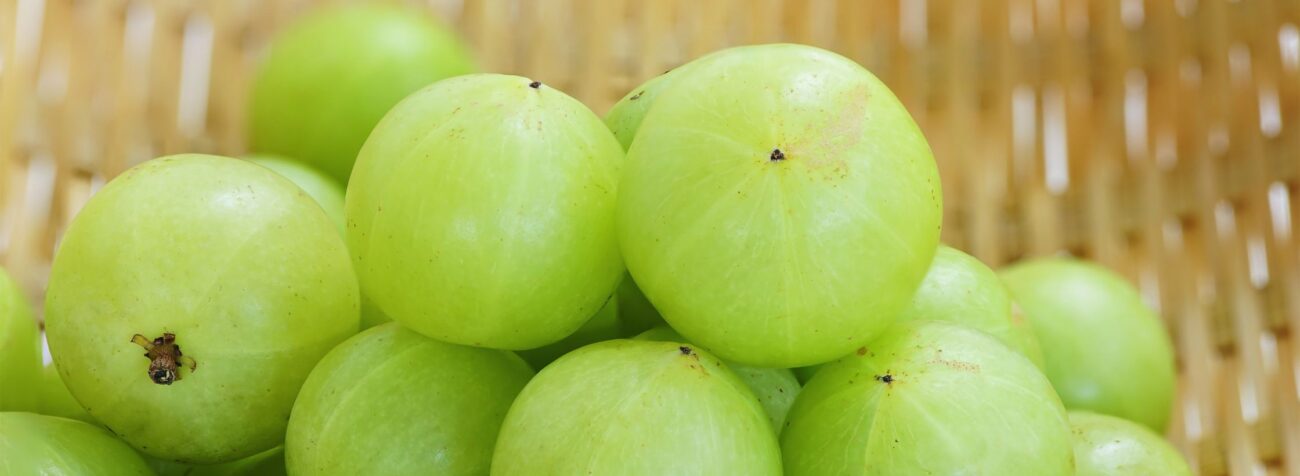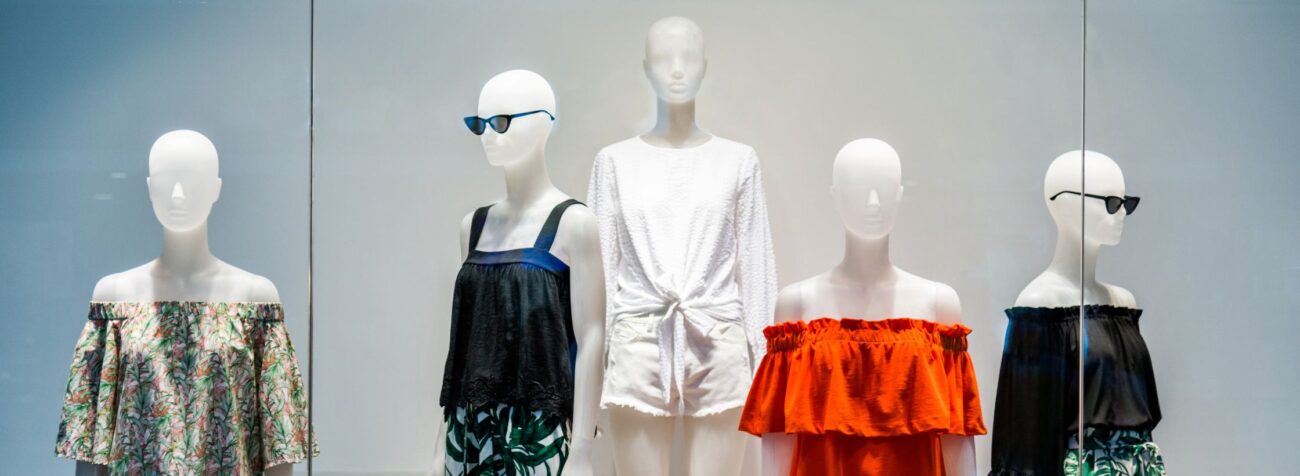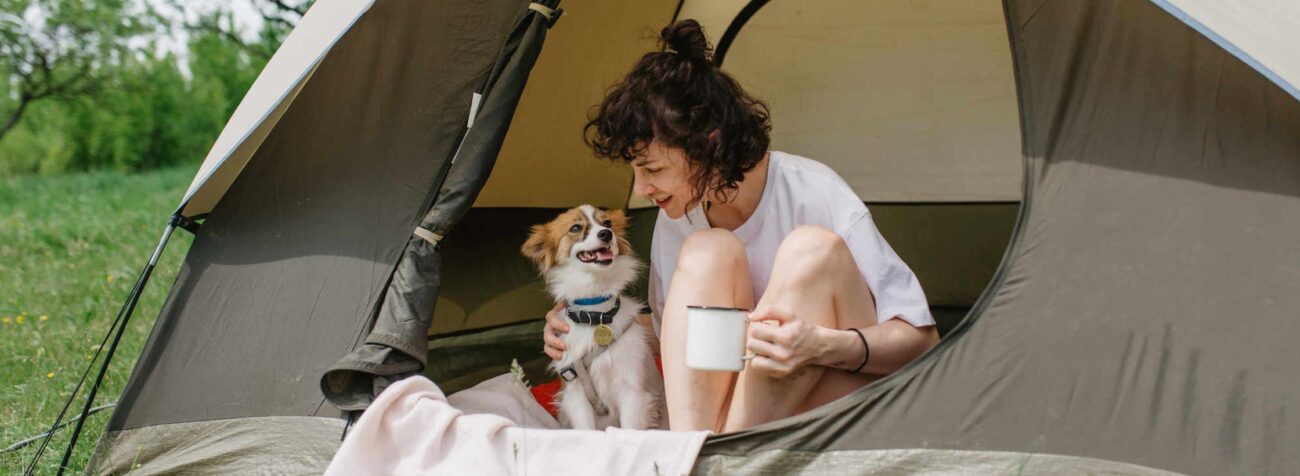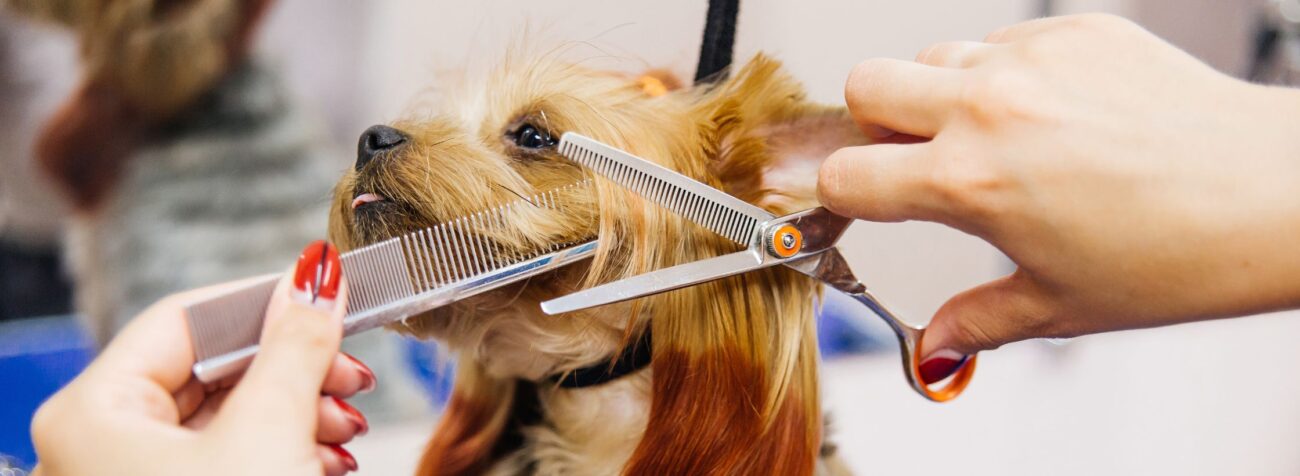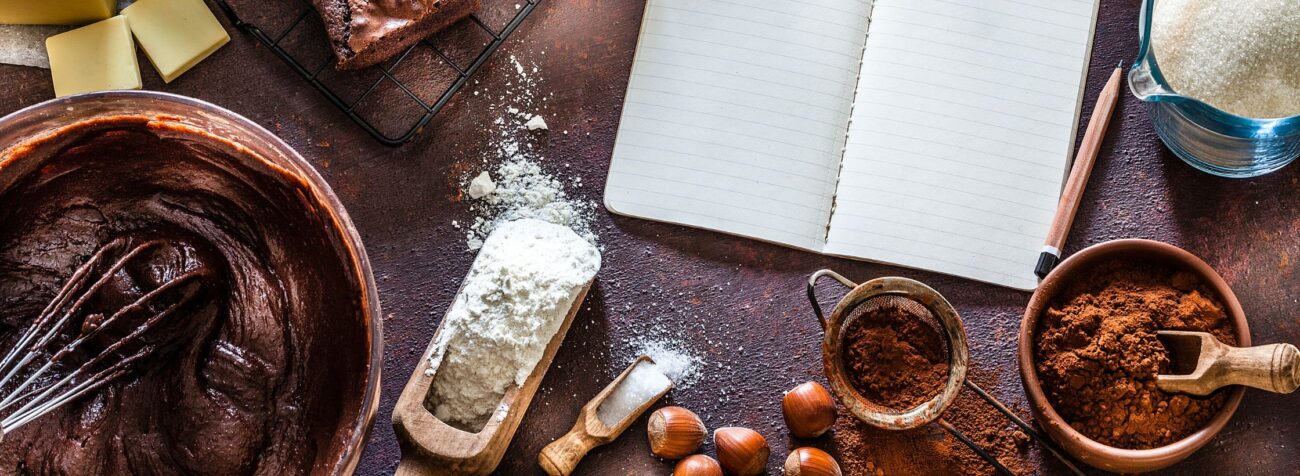Making Circularity the New Business Standard
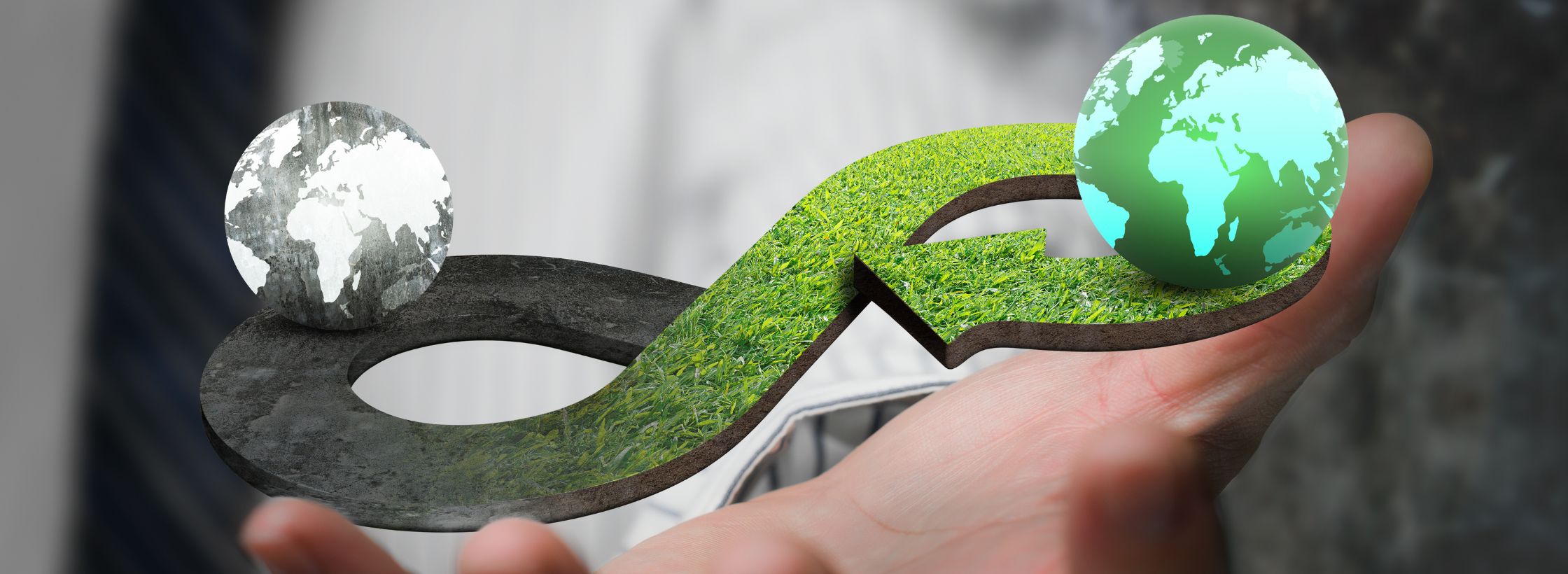
Making Circularity the New Business Standard
Business standard has evolved, and now encompasses not only financial performance but also a commitment to sustainable and ethical practices.
Ever wondered what happens to that beautifully designed mug after it chips, or where your old storage containers go when you upgrade? Do you worry about the endless pile of waste our consumption habits create? As a business, we’ve all faced the tough questions: How do we grow without contributing to this problem? How can we offer products that truly align with our customers’ values of sustainability without breaking the bank or complicating our operations? And is this whole “circular economy” thing just a passing fad or a genuine shift?
At eha, we’re seeing a clear answer: Making Circularity the New Business Standard isn’t just a buzzword; it’s becoming the bedrock of smart, future-proof businesses, especially for lifestyle durable products like tableware, storage, pots and planters, and gifts. It’s about rethinking everything, from design to disposal, to keep resources in play for as long as possible.
Why a Circular Strategy Isn’t Just Good for the Planet, It’s Good for Business
For ages, businesses have operated on a “take-make-dispose” model. We extract raw materials, make products, sell them, and then, well, they become waste. This linear approach is hitting its limits. Resources are finite, waste is piling up, and customers are increasingly demanding more responsible practices.
Think about it. If you buy a stunning ceramic planter from us, wouldn’t it be great to know that if it ever breaks, the materials could be reused to create something new? That’s the essence of a circular strategy. It’s about building a system where materials are continuously cycled, reducing the need for new resources and minimizing waste.
The Problem with “Linear” Products: Our Shared Challenge
Let’s get specific. Take our popular range of durable tableware. In a linear model, once a plate breaks, it’s often destined for a landfill. This means:
More Raw Material Extraction: We constantly need to dig up new clay, mine new minerals, or cut down more trees. This strains our natural resources and often leads to habitat destruction.
Increased Carbon Footprint: Manufacturing new products from scratch is energy-intensive, releasing more greenhouse gases into the atmosphere and contributing to climate change.
Waste Overload: Landfills are overflowing, polluting soil and water. We’ve all seen the images, and it’s not a pretty sight.
It’s clear that sticking to the old ways just doesn’t make sense anymore, not for the planet, and certainly not for a resilient business standard.
Embracing a Circular Strategy: Our Path to a Sustainable Future
So, how are we, and many other forward-thinking businesses, shifting gears? It starts with a mindset change: from viewing waste as an end-point to seeing it as a valuable resource. This transformation is at the heart of the circular economy.
- Design for Durability, Reuse, and Repair
This is where it all begins. When we design a new line of office storage solutions or a festive set of gifting cups and mugs, we’re not just thinking about aesthetics. We’re asking:
How can this product last longer? We select robust biomaterials and ensure quality craftsmanship.
Can it be easily repaired? For instance, if a wooden handle on a storage box breaks, can it be replaced without discarding the entire unit?
Can its components be reused or upcycled? Imagine a planter designed so its base can be detached and used as a small desk organizer when you decide to repot.
This intentional design philosophy is crucial for embedding a circular strategy from the ground up.
- Sourcing Responsibly: Good for People, Good for the Planet
Our commitment to a new business standard extends to our supply chain. We prioritize:
Biomaterials: Moving away from virgin plastics to materials like bamboo fiber, recycled glass, or even agricultural waste products helps conserve resources. For example, some of our new pots and planters are made using materials that prevent crop-burning, turning a waste problem into a valuable resource.
Fair Trade Practices: Ensuring that the communities involved in producing our materials and products are treated ethically and paid fairly. This isn’t just about charity; it’s about building strong, resilient supply chains rooted in respect.
Reducing Carbon Footprint: We work with suppliers who share our vision for climate action, actively trying to minimize transportation emissions and energy consumption throughout the production process.
- Closing the Loop: Reuse, Repair, and Recycling Programs
This is perhaps the most visible aspect of a circular strategy. It’s about ensuring our products, or their components, don’t end up in a landfill.
Take-Back Programs: For certain products, we’re exploring options where customers can return old or broken items to us. We then either repair them, upcycle them into new products, or ensure they are properly recycled. Imagine returning your old set of storage jars, knowing the glass will become part of new jars!
Promoting Reuse: We design products to encourage multiple uses. Our stylish cups and mugs, for instance, are not just for beverages; they can double as pen holders or mini planters. We even offer tips on our website for creative upcycle ideas for our products.
Partnering for Recycling: Where direct reuse or upcycling isn’t feasible, we work with certified recycling partners to ensure materials are processed correctly, keeping them within the circular economy.
- Education and Engagement: Empowering Our Community
A true circular business standard can’t exist in a vacuum. It requires a collaborative effort. We believe in empowering our customers with the knowledge and tools to participate in this shift. This means:
Clear Information: Providing clear labels on our products about their materials, recyclability, and recommended disposal or reuse methods.
Tips for Longevity: Sharing advice on how to care for our products to extend their lifespan, whether it’s cleaning instructions for tableware or best practices for maintaining a wooden planter.
Highlighting the Impact: Showing the tangible benefits of choosing circular products—how it helps conserve resources, reduces pollution, and supports the green economy.
Real-World Examples: Seeing the Business Standard in Action
Let’s look at a few examples of how companies are implementing this circular strategy:
Refillable Products: Think beyond just cleaning supplies. Some companies are offering refillable options for home fragrance diffusers or even certain types of liquid soaps, where you just replace the interior pouch, keeping the outer durable container.
Modular Furniture: Companies designing office furniture with interchangeable parts, so if a chair arm breaks, you don’t throw out the whole chair, just replace the arm.
Packaging Innovation: Moving away from single-use plastics to reusable or compostable packaging for products like gift sets. Some companies are even using mycelium (mushroom roots) as packaging material, which is fully compostable.
These examples show how a circular strategy isn’t just theory; it’s being put into practice, setting a new business standard across industries.
The Journey Ahead: Our Commitment to the Circular Economy
Adopting a full circular strategy is a journey, not a destination. It involves continuous innovation, learning, and adaptation. We’re committed to evolving our practices, exploring new biomaterials, enhancing our take-back programs, and continuously reducing our carbon footprint.
We believe that by making circularity the new business standard, we can collectively build a future where products are valued for their longevity and resources are cherished, not discarded. It’s about creating beautiful, functional products for your home, office, and gifting needs that don’t cost the Earth. Join us in this exciting transformation!







